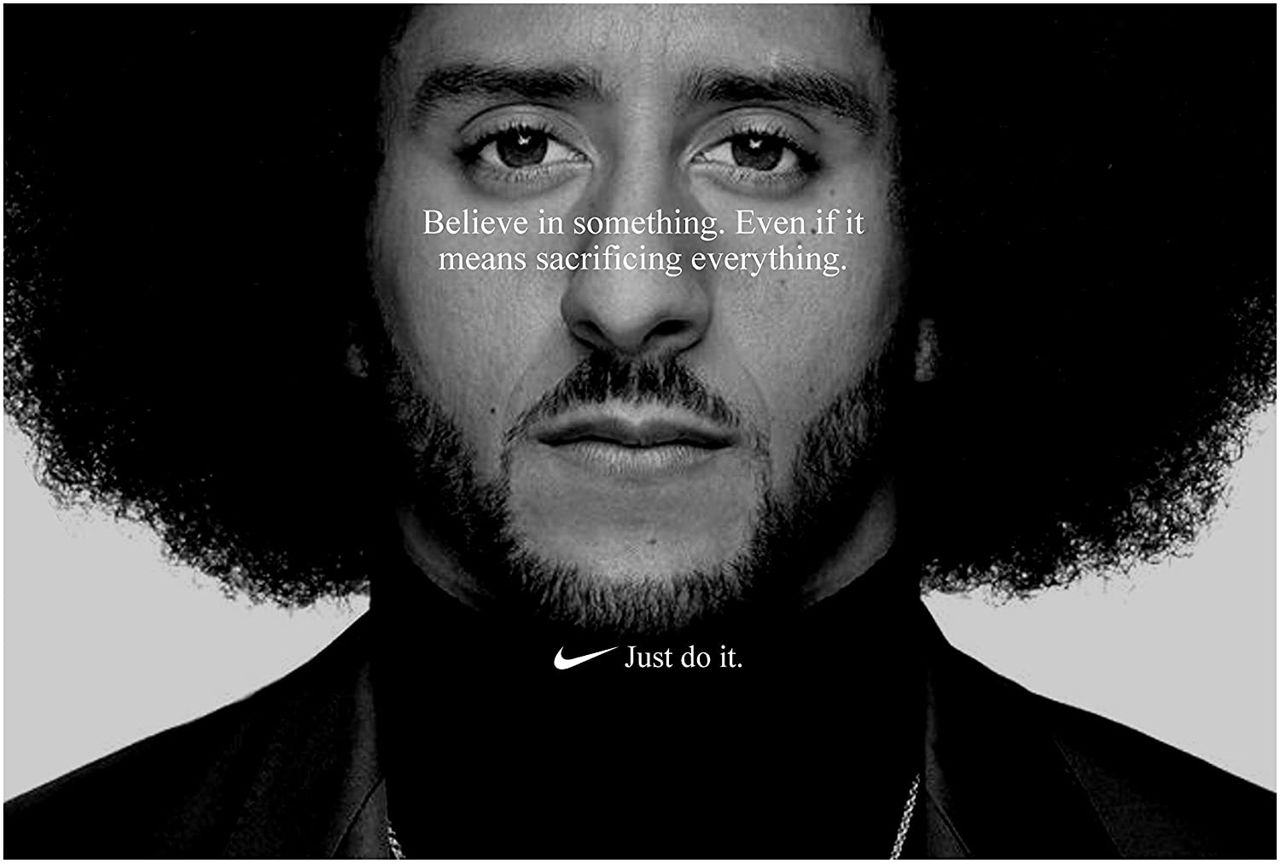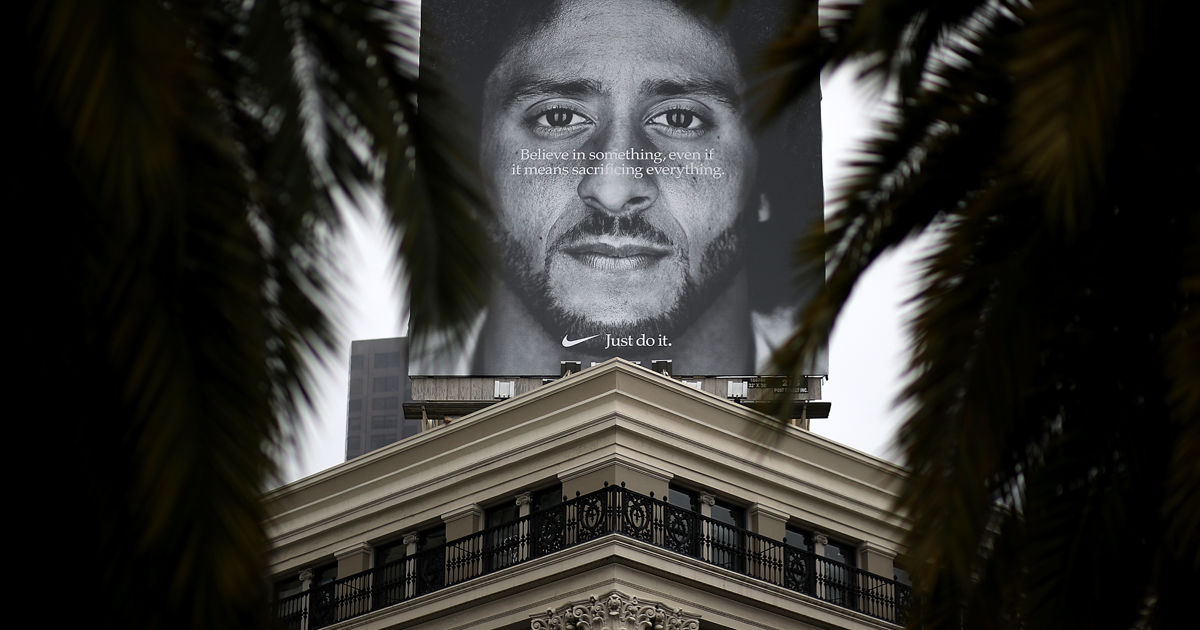Don’t 'tap into' diverse cultures in 2021, find ways to push them forward
Reflecting diverse perspectives needs to go beyond 'leveraging' them to honoring them, says Will Campbell, Co-Founder & CEO of Quantasy + Associates. It's time to end 'culture-jacking'.
No more creative ‘culture-jacking’. In 2021, brands and agencies that are committed to diversity will find meaningful ways to contribute to the cultures they pull inspiration from.
Our industry thrives on creativity, and creativity is fuelled by diversity. From images and icons to flavors and sounds, diverse stimuli powers diverse perspectives. It’s these diverse perspectives that make it so our projects - be they TV commercials, giant billboards, or branded virtual events - don’t fall flat.
From images and icons to flavors and sounds, diverse stimuli powers diverse perspectives.
So, this year, our creative work should reflect (and reward) the cultures behind these diverse perspectives in ways that go further than branded merchandise or posting black squares on Instagram. And our organizational work needs to go beyond hiring Chief Diversity Officers to setting up new practices for creating and sustaining equitable opportunities across the board for Black and brown people.

Above: Before applying cultural issues to a campaign you need to ask yourself some hard questions.
It may get a little uncomfortable, and that’s OK
The first step to gauging whether your client (or team) is committed to honoring - not just leveraging - diverse perspectives, is to take the time to answer some simple but potentially uncomfortable questions:
- Are we putting out this creative in order to ‘check a box’ around diversity, or are we actually trying to change the relationship with the consumer?
- How diverse are we as a senior leadership team?
- What are we doing to be more inclusive as an organization (whether that’s around age, gender, race or even ability)?
- If it’s in reference to a broader cultural or social moment, what do we want to say or do? What can we say or do?
Being introspective and asking hard questions like these helps ensure that, at a minimum, you’re not offending people or communities with tone deaf creative that’s going to get your client ridiculed or accused of cultural appropriation. On a macro level, acknowledging that cultural issues exist and affect specific members of society differently - including our employees - is the foundation for creating workplaces that nurture and support the diverse perspectives our industry needs.

Above: Nike's association with Colin Kaepernick and his decision to take the knee before NFL matches paid off both culturally and commercially.
Contribute to the culture
Yet smart brands have already acknowledged the buying power of diverse cultures and their ability to create icons with mainstream impact - think about the hypebeasts who propel streetwear brands like Supreme into billion dollar acquisitions, or the ravenous Gen Zers who devoured Travis Scott’s branded meals at McDonald’s.
Brands and agencies that want to push culture forward need to be a lot less selfish.
The tweets, TikTok videos and headlines spur conversations and creative brainstorms - often well-meaning - about how to use or 'tap into' specific communities. And in reference to social movements and moments with a big impact, more conscious or aware brands might even ask how to 'be part of the conversation' during a 'sensitive' time. In either case, the perspective is selfish. It doesn’t mean the brand, agency, or creative team behind the idea is terrible, it just means that they’re not thinking about how to contribute to the culture they’re seeking to profit from. Brands and agencies that want to push culture forward need to be a lot less selfish.
To be clear, when I say less selfish, I’m not suggesting that brands become charitable organizations, emulate non-profits, or blindly back creative that could undermine or diminish the viability of their business. I’m saying that a real shift toward honoring culturally diverse perspectives will stem from finding ways to add value to, and possibly even advance, the culture and consumers that are serving as the creative inspiration.
A real shift toward honoring culturally diverse perspectives will stem from finding ways to add value to the culture and consumers that are serving as the creative inspiration.
Take Nike as an example. While the company hasn’t always had a diverse or socially-conscious ethos, they took a gamble by endorsing Colin Kaepernick in 2018, at a time when conversations around police brutality and its impact on Black American life were not nearly as culturally resonant as they are today. The choice to invest in creative campaigns that brought the social concerns of the community Kaepernick represented to light has continued to pay off for Nike. And that’s a win-win for the brand and 'the culture'.

Above: The move towards more diversity and inclusivity needs to be a permanent one, not just a passing trend.
From selfishness to accountability
So how can other brands be innovative, proactive and culturally respectful in 2021? After the first wave of introspection comes accountability, a word I think we’ll be hearing a lot more of this year. As creatives, there are a few ways we can hold ourselves and our clients accountable for some of the changes that need to take place around diversity.
The specifics will look different for every organization, but after acknowledging that there’s an issue - and clarifying where the organization stands in terms of making the issue better (or worse) - accountability comes down to building a portfolio of programs and actions geared toward diversity, equity and inclusion. That portfolio should consist of a few different types of initiatives, some 'big swings' that are high visibility (and potentially high risk), like launching a year-long intern program in conjunction with a D&I-focused organization, or bringing on the aforementioned Chief Diversity Officer.
The strides we made in 2020 toward embracing diverse perspectives and empowering the cultures they come from should be permanent ones - not trends.
But there also can - and should - be some programs that are easier to execute and sustain, like a monthly virtual event where junior creatives share their perspectives across departments, or even time with an HR rep around mental health in the midst of civil unrest. These smaller efforts may not be as media-worthy, but they can help infuse your internal culture with diverse points of view that can ultimately translate into stellar creative.
Diversity & inclusion: Ethos or trend?
If a trend is something to be watched, observed or perhaps even 'leveraged' for a specific amount of time, then the brands and agencies that will thrive this year will not look at the shift toward being more culturally inclusive as a trend, but as an ethos. Ultimately, the strides we made in 2020 toward embracing diverse perspectives and empowering the cultures they come from should be permanent ones - not trends.
)




 + membership
+ membership








